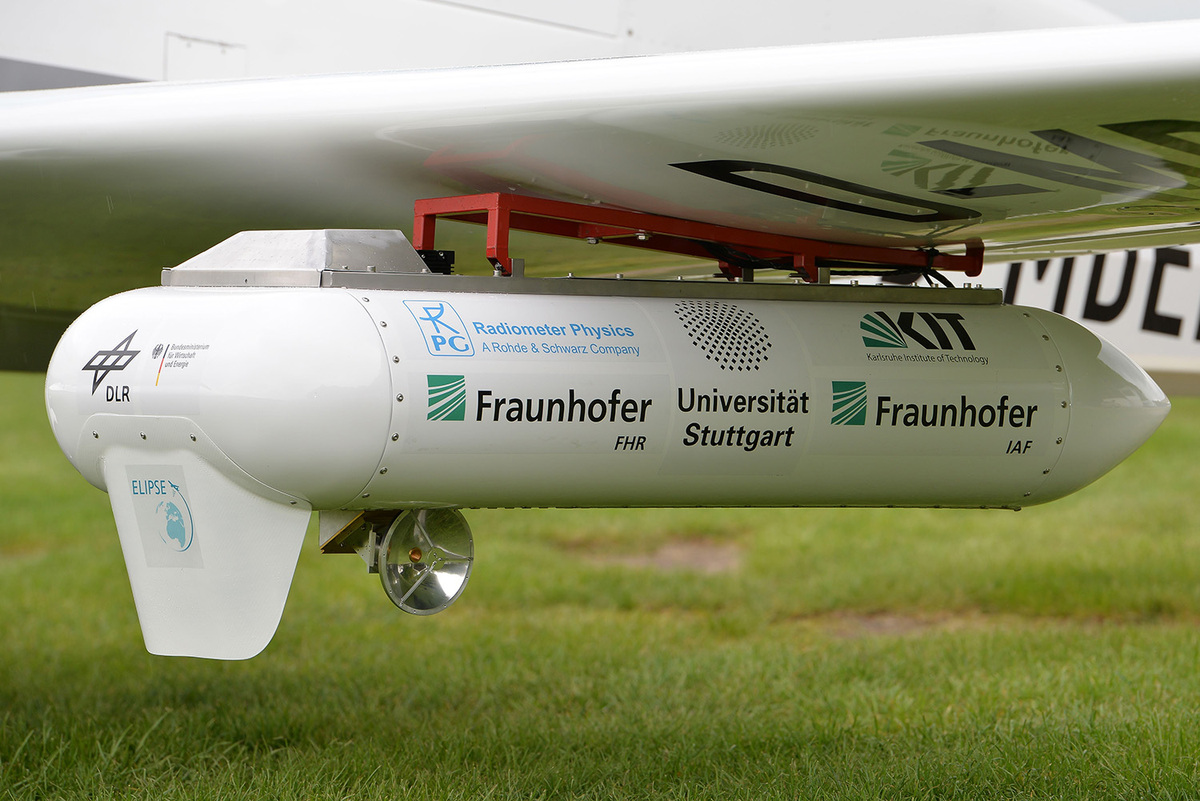Moving towards Fast Internet on the Plane
Streaming films and music or accessing business data in the cloud when flying to the holiday destination or to business meetings – this is the dream of passengers as well as airlines. So far, however, fast internet on the plane has failed due to the lacking capacity of data connections between the plane and the ground. For the first time now, a team of researchers also of Karlsruhe Institute of Technology (KIT) has transferred signals at a rate of 8 gigabits per second between an airplane and a ground station.
The researchers reached this high data rate by using the radio frequency range between 71 and 76 gigahertz for the air-to-ground radio connection. In this range just released by the authority for such purposes, large bandwidths are available for achieving multi-gigabit data rates. In the future, broadband internet and video-on-demand might be made available on passenger airplanes. Or high-resolution videos or sensor data might be transferred continuously and uncompressed from an airplane, an earth observation satellite, or a drone to the ground.
Full Text: Press Release 060/2018
mex, 11.05.2018

